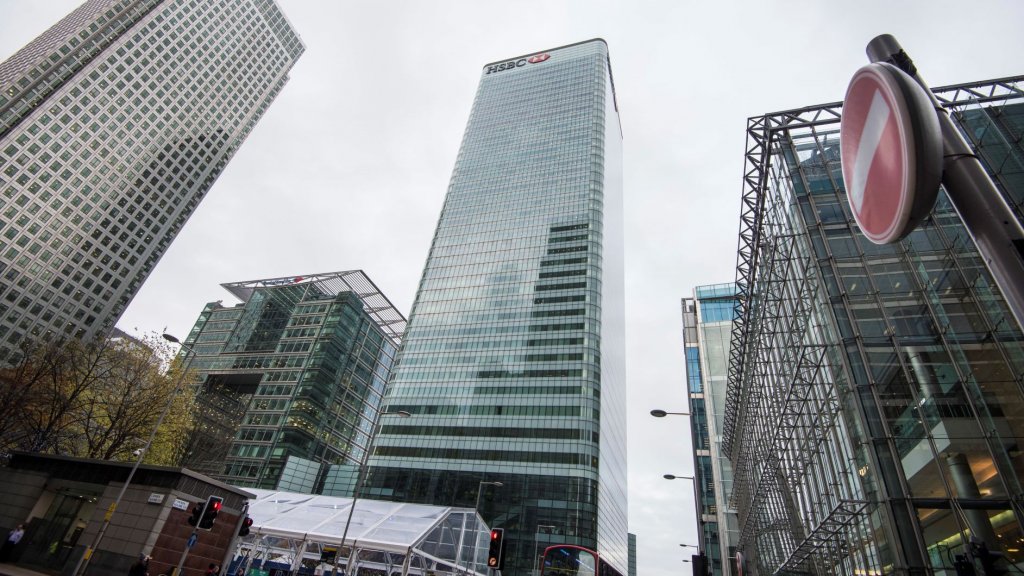News
Five Things To Consider When Protecting Your Building

If there’s one thing that can wreak havoc on your work building, it’s disasters. You’re trying to make sure that everybody goes to work feeling safe and comfortable. So you put insurance and you make sure that everybody has access to CCTV and well lit parking lots.
But there’s not much that you can do about the building that you are working from, especially if you don’t own it.If you do own the building, then you need to make sure that you are not disproportionately affected by natural disasters because of a lack of planning. Let’s take a look at five of the things that you should consider when you are protecting your office building from disaster.
- Consider flooding. If you are currently working in a flood hazard area, then you need to consider reducing damage as much as possible and making clean up easier. You should also consider whether or not your building has siphonic drainage because if you don’t, there’s going to be a problem when the rains come. Ensuring that you’re able to withstand a lot of rain in your building is going to be important. If you want to mitigate any business interruption. Speak to your insurance provider to see whether or not you have flood protection if you’re in a flood area and see if you’re paying over the odds for it.
- Think about the winds. Are you working in a skyscraper and will be unduly affected by tropical wind? Severe winds can and do occur at any time, which means that if you’re going to be dealing with tornadoes and hurricanes and thunderstorms, you need to make sure that you’ve got impact resistant glass windows, durable siding and block framing the pressure from high winds can rip off a roof and the siding, and it can also collapse the doors and windows. So if you’re making sure that your materials are on point, you’re going to find it much easier to feel secure.
- Consider earthquakes. High skyscrapers in areas where earthquakes are common are not a great combination. You could move to a different building of course, but it’s important to realize that not all buildings can withstand seismic activity. Ensuring face isolation and distributed viscous dampers are involved in your building is important.
- Are you ready for snow? When was the last time you got your roof checked? Roof construction plays a significant part in handling large amounts of snow, especially during the winter months. In snowy areas, snow that builds up can cause water damage and leaks, and it can cause your building to lose heat. This results in freezing indoor temperatures. A flat roof wouldn’t work very well in snowy climates, so make sure that you’re checking on this before the winter comes.
- What’s your fire plan? Whether you’re in an area with wildfires or not, you need to have a building that is resistant to fire as much as possible. You don’t want the structure to be damaged as a result. And while wildfires are no natural disasters, fires can happen anywhere, anytime, for any reason.




